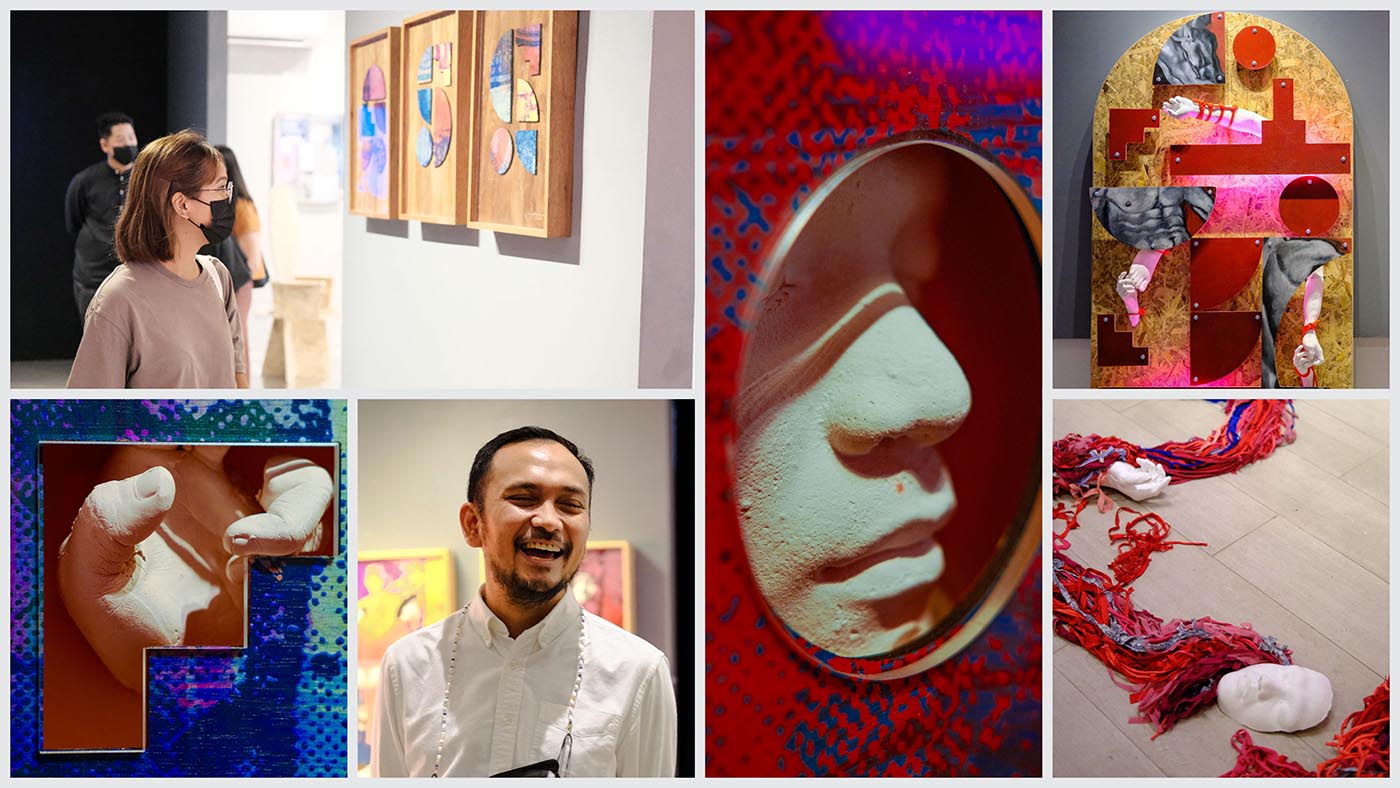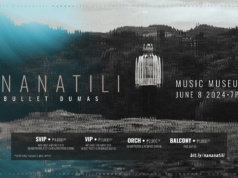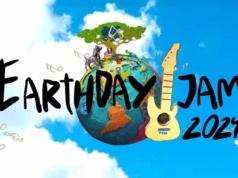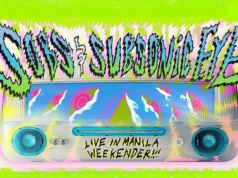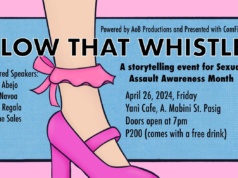Jay Nathan T. Jore
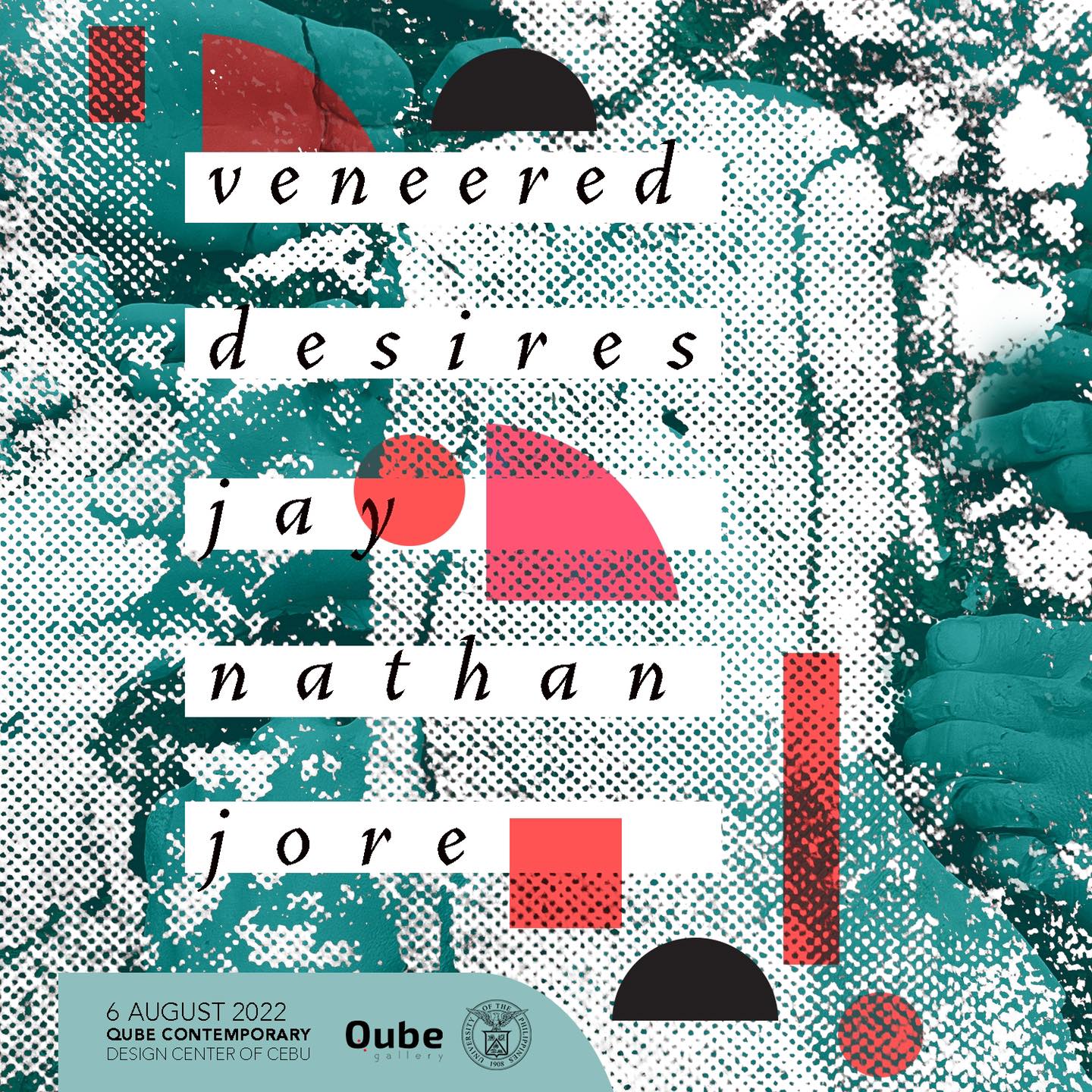
August 6 – 27, 2022
Opening
Saturday, 06 August
Qube Contemporary
Design Center of Cebu, A.S. Fortuna St, Mandaue
Website Facebook Instagram Artsy
The art project investigates the less familiar and unexplored queer art scene in Cebu and the surrounding regions by looking into the lives and practices of queer makers and the implication of queerness as subject and object of art.
Queering the Cebuano Art Scene
Looking into various fields of creative practice in Cebu, queer presence is indeed not a negligible force. Despite this, it has not gained serious scholarly attention. In the case of the visual arts in Cebu, queer artists are not seemingly drawn to identify themselves or their work as categorically queer in contrast to how many women artists have come together and promote their works as feminist art.
While queer creatives figure importantly in the cultural production in Cebu, they however resist neat universalization especially pondering upon the contested nature of their social position and the multifaceted fields that they are in. To assess these works based on shallow generalizations and longstanding social biases will only perpetuate the disinterested attitude towards art produced in queer space and time. Claude Summers contends that queer art has so often been denigrated, suppressed, or robbed of its specificity and roots in efforts to render it “universal” that it has very infrequently been seen whole and in the contexts that gave it life (10).
The project therefore proposes to interrogate the ‘contexts that gave queer art its life’, the intersection of queer identities and artistic production in Cebu. The proposed project aims to juxtapose interpellations across the fields of Cebuano art history, popular visual cultures, expressions of bisaya queer aesthetics, social and economic spaces that frame artistic production among queer artists and audiences.
Queering the Body as Masculine
In particular, it will look into the trope of the masculine body as a site of contestation and fabrication of identities and selfhood. In the wake of the sexual revolution, bodies are examined beyond their biological and reified nature and assume an ideological, socio-political construct capable of accommodating the shifting and remarking of meanings. The possibility to interrogate social constructs has allowed the rethinking of the masculine body as the desired ideal of an upright male person.
The series of artworks experiment with the possible deconstruction of the valorized masculine body via the homoerotic agency of queer-looking shaped by the nuances of Cebuano cultural life found in downtown Cebu City.
The fabrication of masculine identities and the liberating aspiration of queer art-making apprehends figuratively the transformations of downtown Cebu City as a place and as a social concept inflicted by the uncertain and erratic movement of its economic pulse. The image of a decaying urban center that needs resuscitation can be read queerly in relation to conditions like desirability and exclusion, obscurity and recognition that many queer people have to contend with.
Queering the Body as Machine
While the glorified masculine body of the Greco-Roman construct celebrated in the works of art by Renaissance masters elevated the body to a perfect and ideal state which then became a bodily form to be desired and aspired for. The concept of the divine incarnated into a perfect human body as seen in depictions of religious art reinforces the desirability of the classical form enriched with connotations of health, wellbeing and pleasure, free from pain, illness and aging. While religion as a social apparatus espoused for the purification of the body into a pure, holy and docile forms, it counters the enslavement of the body as means of production ensnared in industrial commercial places.
Departing from this classical imagery of masculinity, philosopher Herbert Marcuse in his essay Eros and Civilization identifies a new cartographic sketch in which desire is translated as ‘capitalist enslavement of the body as an instrument of work rather than an image of the body as an instrument of pleasure. Capitalism transforms the innate desire for touch and a profound feeling of connectedness to other people and the world around it by its dehumanizing attempts to convert the body into a predictable piece of machinery (Katz, 81).
Hope and Promise
In the route of humor and light-heartedness, the exhibition brings in the figure of a social media favorite, a transwoman whose sense of comic wonder brings one to confront life’s difficulties with optimism and hope. Chikita’s motto ‘Tungod may kinabuhi, bakit hindi Lumalaban’ offers a philosophy that fuels dreams and aspirations to come alive. Both the means and the end of hard work, human life for Chikita is a valuable gift that assures a motivational energy to transform a difficult task into moments of light. But resiliency as it is called can be fatal for those whose world is predetermined by forces that enslaves them to be docile servants and all-time optimists.
In the middle of any conversation, Chikita would interject Nadayon diay?, which instantly suspends the coherence and flow of a discussion. Rightfully so, the seeming innocent question arrests one to reflect deeply on life’s ambiguity and people’s inability to size up with their very own hands the trajectory of their human existence. Profoundly, Nadayon diay imbues a tinge of pain and a helpless surrender to the powers that be, a kind of loyal dependence to the people that determines their happiness. The question is asked only by people who are othered from the social order, by people who has no agency to decide for themselves, by people whose no or little knowledge of things betrays them to take on the wrong path with much pride and determination.
The exhibition implicates a voice capable of countering an imperative that put in place a social order based on how human bodies are utilized towards market gains. Those who are made to do manual labor soaked in the daily grind of precarious living are herd coldly from those who have the privilege and the social capital to depart from the ‘downtown’ to secure a life of comfort and pleasure.
About the artist
Related Article
An Immersive Art and Music Night to Cap off Alcudia and Jore’s Solo Exhibitions
View Photo Gallery
For more information, send us a DM or contact Pia at +639188074175

